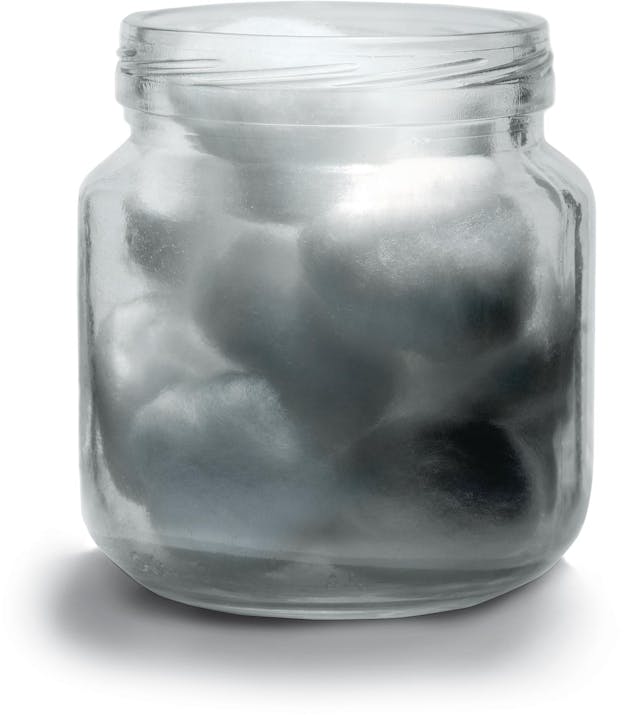
It was a Sunday in the autumn of 1995, and Rob Sanders was driving his three kids from his house in Baltimore to the house of his ex-wife, Elizabeth Knox, in Silver Spring, Maryland. The kids rotated who got to sit in the front seat, and today was seven-year-old Alison’s turn. The boys wanted to hear the Redskins game, and when Alison leaned forward to fiddle with the radio, Sanders told her to sit back—he would find it. When he looked up, the light had turned red, and he braked, belatedly. Skidding into the intersection at about 14 miles an hour, he hit another car, and the passenger-side airbag deployed. The airbag—one of those early models designed to protect a full-sized adult male in a much more violent crash—struck Alison “with the force of a heavyweight boxer,” as Knox would later put it, rendering the girl unconscious and braindead in an instant.
Knox had just walked into her house when the hospital called; she handed the phone to her then-boyfriend to see if he could make sense of what the person on the other end was telling her. They drove to Sinai Hospital in Baltimore, and Knox rushed in. “I’m here,” Knox told her unconscious daughter once she reached her side. “I’m going to stay here. I’ll be with you through all this.”
She stayed with Alison when the girl was transferred to the Johns Hopkins Hospital in an ambulance, and waited as doctors there tested her reflexes. (They could find none.) She stayed as her priest arrived, and as close friends came with gifts for an impromptu vigil—a quilt to cover Alison, a Bible, a lyre, which a friend played for hours. She stayed as her anguished ex-husband had to be taken to a psychiatric hospital where he was sedated. Awake, he would remember what had happened and become hysterical all over again. She lay in bed with Alison and watched as the respirator “made her seem somewhat lifelike.”
As the family contemplated taking the girl off life support, and Knox thought about what would happen next, she knew she could not do what almost every person in the United States does after the loss of a loved one and hand her daughter over to a funeral home. “It’s unthinkable to me,” Knox said when we spoke recently. “Your child is gone, and you’re asked to give her to strangers and not see her again—except, maybe, for five minutes in this weird place.” She had cared for her daughter from the day she was born. She could not imagine anyone else caring for the girl in death. She wanted to take her home.
Knox said she saw the worst of the institutional approach to mortality that day. The hospital would only release the body to a funeral home, so friends called around until they found one willing to fulfill the family’s unusual request to bring the body to Knox’s house. When the funeral home staff arrived, they put Alison in a body bag and zipped it over her face, despite Knox’s plea to keep it open. They took the body on a gurney through the bowels of the hospital, with Knox “running to keep up,” she said.
But once Alison had arrived at Knox’s house, the girl belonged to her mother again. Knox and her own mother gave Alison a sponge bath in her bed and clothed her in a dress they’d bought at the beach that summer. They made a wreath of flowers for her hair. The funeral home staff arranged the girl over dry ice to slow her decay, and she lay in a small, child-sized casket made of pine, placed perpendicularly across the bed. Knox slept curled up in the small space beside it at night. Hundreds of people came through the house over the next few days, as Knox remembers it. Teachers and classmates brought gifts for the coffin. About three days after her death, Alison was taken to a crematorium, where Knox rocked the gurney on which her daughter’s body lay, and watched as she was put into the furnace.
The days Alison spent at home before the cremation were both “tragic and beautiful,” Knox said. “It was such a comfort.” And slowly, in the years following Alison’s death, her parents found renewed mission. Sanders, who was released from the psychiatric hospital after about two weeks, left his job in commercial litigation, and began offering his services to other families involved in airbag lawsuits. He began, also, to lobby the government to force automakers to install safer airbags and to require them to place warning labels in cars telling parents not to allow their kids to ride in the front seat.
Knox underwent a transformation as well: She founded a nonprofit called Crossings, and became one of the first people in the country dedicated to helping the families and friends of the deceased work through the emotionally taxing, logistically tricky, and sometimes unpleasant process of caring for a dead body at home. She read everything she could, reached out to others involved in the nascent cause, and began offering her services as a kind of consultant—advising both on consumer funeral rights and on a new (really, ancient) kind of grieving. Caring for the dead, Knox said, requires a “fierce determination” and a willingness to follow your loved one to a place where few modern Americans dare to go.
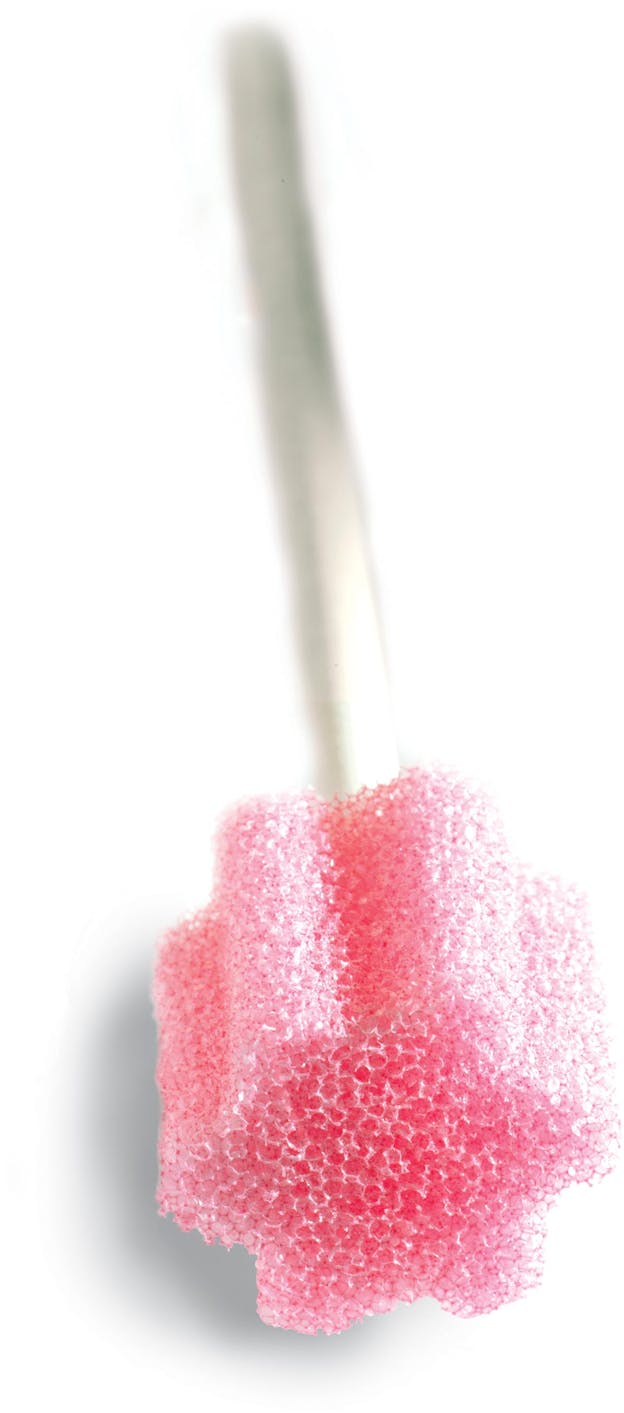
Just 100 years ago, the sight of a dead body laid out in someone’s front parlor would not have been at all unusual. Indeed, the home was the province of the funeral for most of U.S. history. According to records from the 1600s and 1700s, the earliest Americans often died at home and remained at home until the burial; there they were washed, wrapped in shrouds, and laid out on boards while the family made preparations for a funeral feast. This homespun approach to death largely persisted throughout most of the 1800s: In addition to family and midwives, women known as “Layers Out of the Dead,” took care of the immediate tasks following a death. The body might be placed over ice and watched over for days to ensure the person was truly dead and wouldn’t be buried alive. Sometimes, the bereaved had a photographer come to take a post-mortem picture. Family, neighbors, or local carpenters made the coffin.
The elaborate etiquette that evolved around mourning in the Victorian era reflected this intimacy with death. There were lengthy bereavement periods, elaborate mourning clothes, and even a fondness for jewelry made from the hair of the dead. Much of this desired proximity was connected to the idea of what nineteenth-century Americans called “the Good Death.” A Good Death was one that took place at home, surrounded by family who could not only tend to suffering but “assess the state of the dying person’s soul,” writes historian Drew Gilpin Faust in This Republic of Suffering: Death and the American Civil War. Because Americans came to believe that the moment of death fixed the state of the soul—determining what would happen in the afterlife—dying itself became a kind of art, filled with declarations of faith. And after the Good Death, writes historian Gary Laderman in The Sacred Remains: American Attitudes Toward Death, 1799-1883, “the intimacy that survivors maintained with the corpse preserved it, at least until the actual interment, as evidence of a valuable, and vital, social relation.”
Ironically, it was this desire to be close to the dead that ultimately helped usher bodies out of the home. Embalming—which advanced as a science around the same time as the Civil War—allowed for the corpses of men who had died on far-off battlefields to return home for some semblance of the Good Death. “Families sought to see their lost loved ones in as lifelike a state as possible,” Faust writes, “not just to be certain of their identity but also to bid them farewell.” And when it came to preserving some false spark of life, none of the available alternatives (the Staunton Transportation Case “portable refrigerator,” for example) could match embalming. In 1861, the preserved body of a Union colonel killed in Virginia was honored at the White House to great fanfare. (His embalmer went on to preserve more than 4,000 bodies and became a rich man.) And at the close of the war, the embalmed body of Abraham Lincoln traveled 1,700 miles from Washington, D.C. to Springfield, Illinois, with many stops along the way for Americans to pay their respects. Around the turn of the century, undertakers would often bring their scalpels, tubes, needles, forceps, eye caps, and other supplies to the house of the deceased and perform the embalming there, sometimes with relatives watching.
But eventually embalming moved out of the home and into places of business—death, in general, was increasingly processed outside of any residence. Advances in science lowered the death rate and made hospitals the primary places of dying. An increasing number of people lived in urban areas and in small apartments, where large home funerals were difficult to host. And as the Victorian era passed, and cultural practices changed, the formal parlor was replaced with the more informal and aptly named living room.
And while most dead bodies don’t pose a threat to the living, they came to be regarded as dirty and polluting, Laderman told me. By the 1920s, according to Laderman’s research, funeral homes were caring for the majority of the dead in many major towns and cities. Funeral home ads and articles from that era counseled the importance of forming a pleasing “memory picture” of the deceased—embalmed, shaved, made-up, arranged to look as lifelike as possible. Ornate and expensive open-casket funerals became fashionable. By midcentury, the economic model for the funeral home had become, “we take the body, we do things to it, and we sell it back to you,” as mortician-memoirist Caitlin Doughty, the author of Smoke Gets in Your Eyes: And Other Lessons From the Crematory, told me. (This didn’t go uncommented upon at the time: In 1963, the British-born blueblood-turned-muckraker Jessica Mitford published The American Way of Death, which eviscerated the opulent, pricey U.S. funerals then in vogue, arguing that funeral directors were taking advantage of the grieving.) The United States had, in effect, undergone a 180-degree turn from an approach to death common not many decades before. “The modern American funeral industry, with its rituals and its almost complete capture of the death process ... would have appeared extraordinary to a woman in 1875,” said Josh Slocum, the executive director of a watchdog group called the Funeral Consumers Alliance.
In recent decades, cremation has soared in popularity—the national cremation rate is expected to reach more than 50 percent within a few years. Part of this can be attributed to the cost: The median price for direct cremation is about $1,000 to $2,000, according to the National Funeral Directors Association. That’s substantially cheaper than the traditional full-court burial, which, with embalming, a viewing, ceremony, a metal casket, and an underground vault to hold the casket (typically required by cemeteries), has a median price of about $8,000. But even the rise in cremation hasn’t really simplified the business of death. Some funeral homes have increased the cost of traditional casket-and-burial funerals to make up for the fact that they’re doing fewer, and there aren’t many pressures to limit the rising costs. Death is a reliable trade, and families are loyal to the last funeral home they used—even the savviest consumers skip price comparisons. No doubt, many don’t want to think about shopping around at times of stress and bereavement. And the death industry, with annual revenue of around $16 billion, is likely to grow in coming years. By 2050, the population aged 65 and older will have nearly doubled from what it was in 2012.
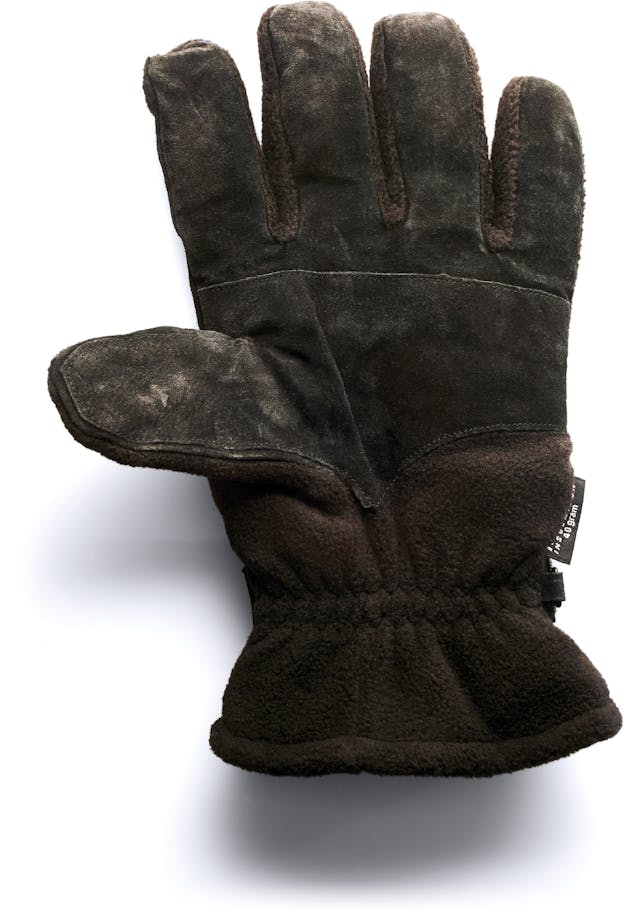
Despite our distance from the realities of the end of life, death is having something of a cultural moment. There’s Doughty, whose memoir about her time as a crematory worker was a best-seller last year. (She also facilitates “Death Salons,” in which reformers gather for seminars on topics like “the similarities between the funeral industry and the pornography industry throughout the ages.”) Her playful, Goth-ish Web series “Ask a Mortician,” tackles topics like last meals and why humans make bad candidates for taxidermy. (Not enough fur to cover the seams.) The Morbid Anatomy Museum opened in Brooklyn last year, featuring an exhibit on mourning history; earlier this year, the Metropolitan Museum of Art hosted “Death Becomes Her,” a dimly lit exhibition of antique mourning garb, with miles of crinoline and dark damask. Vice magazine has been running a column called Post Mortem that tackles topics as wide-ranging as headstone aficionados and how death professionals date. An alt-death movement is taking off in creative industries, as well: A few years ago, an artist named Jae Rhim Lee gave a TED Global talk about a burial suit she was designing that grows mushrooms which feed off the decomposing body, while a Seattle architect named Katrina Spade has “designed a building for human composting,” The New York Times reported in April. Designer Thom Browne recently sent models down the runway in mourning chic. And yet, all this is happening at an arm’s distance—it’s an aesthetic reckoning more than a physical or practical one.
A small but growing group of women like Knox are slowly building a movement to change that. They call themselves home funeral guides or death midwives, though the terminology is a bit slippery since they don’t all do precisely the same thing. Some death midwives—or death doulas, transition guides, or psychopomps (a Greek word that means “conductor of souls to the afterworld”)—work with the dying to help them achieve what they call a “conscious death.” Other women—and they are almost universally women—guide families in the process of caring for their loved ones immediately after death, before the body is disposed of. In doing so, they are helping the bereaved take back some of the control, respect, and intimacy they believe has disappeared from the modern approach to death.
Often billing themselves as educational consultants, home funeral guides—or whatever their preferred title—meet with families who are facing a death, or have just experienced one, and walk them through the steps involved in keeping a corpse at home. (The physical effects of decomposition start to become very obvious after three days; most death midwives advise families to keep a body at home no longer than that.) They explain state law; they offer techniques for lifting and washing and dressing a body, sometimes assisting with the body itself; and they suggest language for communicating with funeral homes and hospitals that may be less than receptive to families who want to keep corpses at home. In most cases, the families they assist are opting for traditional approaches like cremation or burial after their home funerals, so there is almost always some negotiation with the people who will carry out that part of the process.
Twenty years ago, according to Knox, Slocum, and others, there were only a handful of women doing this work. Today, the five-year-old National Home Funeral Alliance—a group of guides, funeral directors, clergy, and interested families—has over 750 members, up from 360 in 2013. The home funeral guides I surveyed estimated that there are between 100 and 200 women across the country involved in this kind of work. And while no one tracks the number of home funerals taking place nationally, Slocum, of the Funeral Consumers Alliance, said he’s experienced an uptick in calls about the practice over the last ten years. (This tracks with the rise in green burials, which typically eliminate burial vaults and chemical embalming, and often involve biodegradable caskets or shrouds. In 2006, there was one natural burial site in the United States certified by the Green Burial Council; today, there are more than 50.) A death midwife named Jerrigrace Lyons, who started an organization that helps families arrange home funerals 20 years ago, said she has helped nearly 400 families perform home funerals in and around the liberal haven of Sebastopol, California.
The home funeral guides are a motley bunch. Radically old-fashioned, these women are not licensed or regulated by state law, and they must tread lightly to avoid encroaching on the territory of funeral directors or accidentally violating state law. They offer self-styled certification programs to one another, and publish funeral how-to’s for families who want to do things entirely on their own. Some charge money, and some don’t. (Offering services free of charge allows death midwives to more easily avoid running afoul of state regulations.) Some have jobs and do this on the side; some are hospice volunteers. Some are on the New Age fringe, indulging in witchcraft and crystals. Some, like Knox, came to this work through the trauma of what they considered a bad death. Many see themselves as a temporary necessity, a half-step until home funerals become better-known and more widely accepted. As Merilynne Rush, a 55-year-old home funeral guide based in Ann Arbor, Michigan, put it, “My hope is I’ll be obsolete in another generation.”
Rush spent most of her career as a home-birth midwife. When she worked for a few years as a labor and delivery nurse, she often volunteered to comfort parents when they’d lost a baby, encouraging them to hold the body, to take a cutting of hair. When she first learned about the home funeral movement in the late 2000s, she felt another calling. Eventually, she founded a small consulting business, After Death Home Care; over the past five and a half years, Rush has worked with more than 25 families. When she meets with a family that has just lost someone, she makes a point of touching the body early on—“just to model for the family that it’s OK.” Very often, she said, families follow her lead, as if a magic spell has been broken. She’s aware of the clock—it’s much harder to wash a body after rigor mortis sets in—but she doesn’t rush her families. She makes sure she knows where to get the dry ice. The big box store is open all night; the ice cream shop opens at 5 a.m.
In addition to this work, Rush hosts regular Death Cafés, (“Drink tea, eat cake, and discuss death,” the motto goes) and speaks often at universities, libraries, and civic groups, trying to spread the word about the nascent movement. In her lectures, she shows photos from the families she’s assisted. One shows an old woman two days after death; another shows an old man, just expired, lying in his bed in a health care facility. His daughter and son-in-law stand beside the body, poised to clean and dress it. These images are important, Rush said. “All we have is a very sensational image from movies or television.”
Rush’s clients speak of a sense of comfort and control after the death of a loved one, even as their lives rapidly descended into a state of profound upheaval. In many cases, after-death care served as a natural extension of the care they gave at the end of life. In other cases, it simply allowed the family a sense of intimacy, a chance to process the death with all their senses, to fully accept its finality: “We didn’t have to get in the car, go to the [funeral parlor] in our fancy clothes, and have our grief in the packaged amount of time,” said Beth Barbeau, 52, one of Rush’s clients, who cared for her mother, Sharon Bailey, at home for two and a half days before she was cremated in a cardboard casket that Barbeau’s young sons decorated. “We could have it on our own terms. ... At midnight, we could go sit with [the corpse] with a cup of tea in the corner in the dark.” Eventually, Barbeau said, the body’s physical decline served as a proxy for the fact that her mother was truly gone. Late on the second day, her mom’s mouth sagged open a little, presumably because the muscles were relaxing as the body passed out of rigor mortis. The body seemed settled, and smaller somehow, and whatever sense Barbeau had had of her mother’s spirit seemed truly gone. “I realized that I would never be done saying goodbye to my mom, but I also realized that I was done enough,” she said.
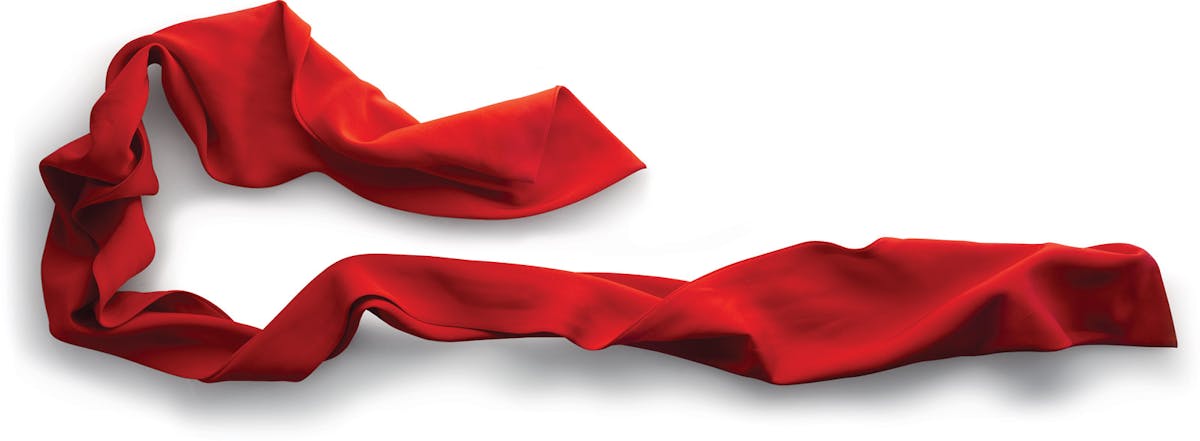
When Woody Kellum performed a home funeral for his wife Mary Goode’s father Frank last November, he was positioning the dead man on a bed in their guest room when the body purged—that is, it threw up the contents of its last meal. “He had eaten some tomato soup,” said Goode, a substitute teacher who tells this story in a calm, unfazed fashion. Kellum and the home funeral guide cleaned it up as best they could.
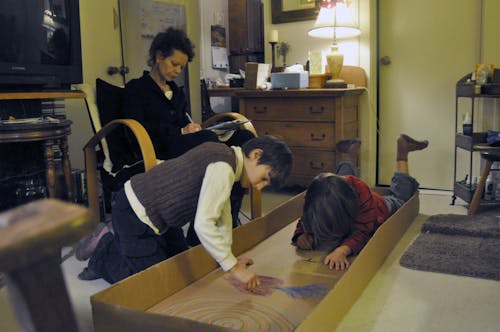
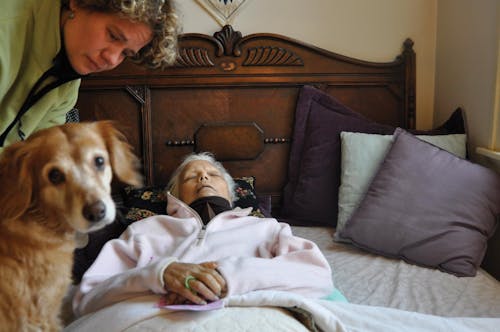
Kellum and Goode are in their mid-sixties, tall, lean, and silver-haired. When I met them in April, at their 1860s farmhouse in the lush, secluded landscape of rural southern Michigan, their approach to death seemed a natural extension of the way they’ve shaped their lives. Kellum, a retired database administrator with a slow, deliberative manner, described his family as “from the ’60s and the back-to-the-land frame of mind.” They heat their home with wood; during my visit, Goode warmed canned beans using a solar-powered oven that she set out in the bright spring sun. Two of Kellum’s siblings live in their own 1800s farmhouses, within a mile of his house.
Kellum and Goode had been interested in the concept of home funerals for a while; Goode had attended talks by Rush and had met with her, too. Influenced by the Austrian mystic and philosopher Rudolf Steiner, she had come to believe the soul needs time to review its life before the body is put to rest. For Kellum, having a home funeral is not so much about a philosophy as it is about “trying to do things in a more personal way.” When his own father died in 1985, the most meaningful moment for him was when he helped carry the body down a set of stairs, despite the funeral staff’s evident discomfort.
When Goode’s father died, the couple was met at the health care facility by Diana Cramer, a kind of apprentice to Rush. Cramer is a former social worker, teacher, and hospice volunteer who’s had an interest in death since adolescence, when she lost her brother, and then two friends, within the course of a year. A nurse washed Frank’s private parts, but, with Cramer’s guidance, Goode and Kellum took care of everything else. Kellum was willing to do the things that made Goode squeamish, like cleaning Frank’s mouth with a toothbrush and putting socks over Frank’s feet, which had become purple from poor circulation. Goode trimmed her father’s beard. They dressed Frank in pants and a white shirt, lifting the body so they could fit him in his suit jacket. (Undressing and dressing a corpse is difficult. The dead have a peculiar and uncooperative weight, as if “gravity has become changed,” as doctor and writer Siddhartha Mukherjee puts it. “Even when you’re lifting a sleeping child, the muscles cooperate with you.”) Goode’s father remained over dry ice for two and a half days at the farmhouse, while family and friends came and paid their respects. Afterward, his family wrapped him in a quilt and lifted him onto a gurney; funeral directors carried him out and put him in a $650 pine casket made by a local carpenter. The onetime World War II B-24 bomber pilot was buried in a military cemetery.
Death midwives don’t just facilitate the immediate afterlife care of the body. Perhaps more significantly, they help families think through the decisions families face after death but before the event occurs, and this, too, is at the forefront of the Kellums’ minds. Woody Kellum and three of his siblings have, for the past several years, been preparing for the home funeral of their mom, Gail Curtis, with the help of Rush and Cramer. Curtis is mostly bedridden, sleeps a lot, and can’t speak. In July she turns 100. “We don’t know what else she’s waiting for,” said Woody’s brother, Bob.
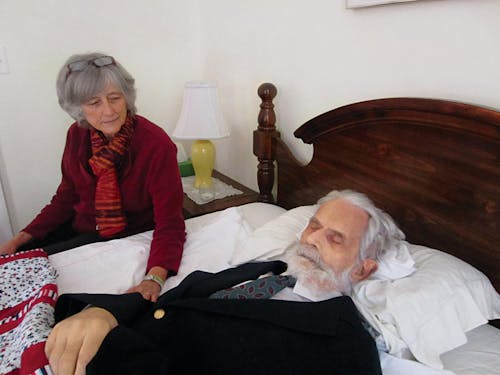
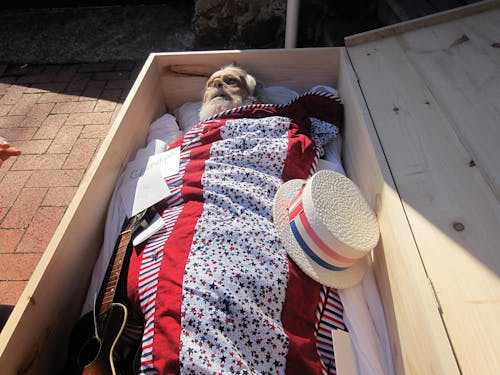
Kellum showed me the materials he’s assembled to care for his mother after she dies. He keeps it all in a big cardboard box that says “24-inch LED BACKLIT MONITOR,” and the kit contains a strange mix of memorabilia and medical supplies: oral swabs for cleaning his mother’s mouth and small weighted bags for her eyelids, along with family photographs to put up before visitors come, and the simple blue dress in which Curtis will be buried. There’s also lavender-scented soap, soft washcloths for scrubbing his mother’s body, and a plastic sheet to put under her to keep the bed from getting wet. And there’s a strip of fabric, which he pulled out and cast aside, unable to remember its purpose. (Cramer explained it was for keeping his mother’s jaw closed until it set.) Preparing a box for a home funeral is a little like preparing a hospital bag for a birth, except dying people can linger so long that you risk forgetting what you’ve packed.
There’s a lot of preparation still to be done, and more work after Curtis actually dies. Someone will need to dig the grave (the Kellums are hoping to bury Curtis in a small plot of land they intend to turn into a family cemetery), someone will need to get a casket or a shroud, and someone will need to get the dry ice and monitor how much is used and how fast it evaporates. And, of course, several people will have to deal with the body. But they feel confident that it’s worth it, and while Curtis has not been able to convey any strong preferences for some time now, the family thinks she would be comfortable with the plan as well.
Curtis, who gave birth to six children from two marriages and outlived three husbands, was sleeping in her room in the assisted living home when Kellum and I arrived to visit her. A photo of her as a soulful-looking, dark-haired teenager in 1933 hung near the door. She would go on to earn a college degree, work at the University of Michigan’s museum of paleontology, and protest the Vietnam war. Kellum put his hand on his mother’s shoulder, and she woke up. Words elude her, but she can communicate fairly well with her eyebrows. The oxygen concentrator in the corner made a rumbly hum.
“This is Shel Silverstein,” he said, holding a copy of Where the Sidewalk Ends. “You probably don’t remember him.” Kellum read several poems, and Gail listened, sometimes closing her eyes as if she was nodding off. When he left, Kellum kissed her on the lips.
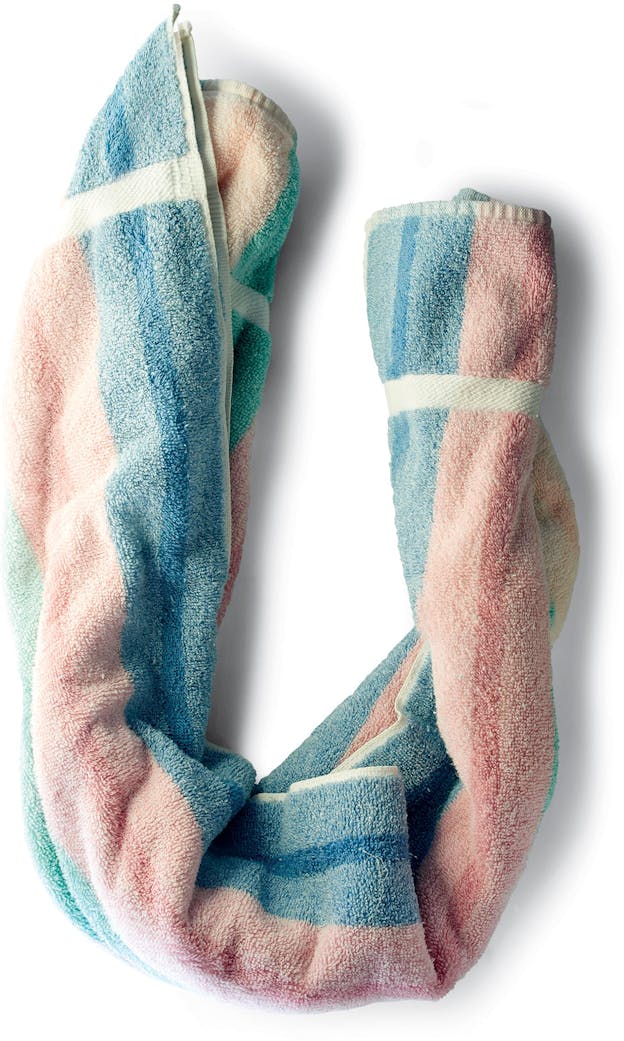
Last September, Knox was visited by a neighbor whose father had just died in his Maryland nursing home. The woman wanted to care for her father’s body at her house for a short time before transporting him to New York to be buried, but she felt overwhelmed at the prospect of picking up the body herself. Knox called a funeral director she’d worked with in the past, only to discover his business had been sold, and that the new owners were unwilling to facilitate a home funeral. Knox began calling other homes—she estimates she called nine—while the clock ticked away, and a police officer stationed at the nursing home called repeatedly, irate about the unclaimed body.
At last, Knox was able to find a local funeral home willing to pick up the body and put it in cold storage overnight, and another funeral home in New York willing to send an employee the next day to drive down to Maryland. The New York funeral home employee then retrieved the body, brought it to the neighbor’s home for a few hours—where, in the garden, she bathed and dressed her father’s body—and then drove it back up to New York.
This is an extreme example of not uncommon logistical hurdles. The bureaucratic headaches that often ensue when an individual wants to conduct a home funeral can be boiled down to a few fundamental questions: Who owns the dead? What constitutes proper care for the dead, and who gets to decide that? What threat do the dead pose to the living? (The answer to the last question, at least, is fairly straightforward: Bodies that harbor infectious diseases, like HIV and hepatitis C, should be handled with care, said Judy Melinek, a forensic pathologist based in San Francisco and author of Working Stiff: Two Years, 262 Bodies, and the Making of a Medical Examiner; but the most common causes of death—heart disease, cancer, lung disease—generally aren’t dangerous to the living.)
The state laws that touch upon these questions are a byzantine—often vague or conflicting—mix. Some laws, such as those of Alabama, Colorado, New Mexico, and Texas, use language like “a funeral director or person acting as funeral director” when explaining who’s in charge of remains, often without spelling out who that other person might be. Nine states have laws that explicitly require families to hire licensed funeral directors for certain tasks. In Michigan, for instance, death certificates must be certified not only by a doctor but also by a funeral director, and then the body must remain “under the supervision of a person licensed to practice mortuary science in this state.” (For Rush’s clients, this means working with a funeral home that is willing to transport the body to the house and then pick it up a few days later.)
But even in the remaining 41 states where people have the right to have a home funeral without involving a paid professional, the lack of explicitness in the law can prove problematic. In Pennsylvania, for instance, advocates believe the law permits families to hold home funerals without a funeral director. The Pennsylvania Department of Health’s “Death Certificate Registration Manual” states that “someone other than a funeral director [can] be in charge of disposition of the body.” But a few years ago, according to documents published by the Funeral Consumers Alliance, Pennsylvania investigated a woman who gave her mother a home funeral without a professional’s help and threatened to fine her $10,000 if she did it again. A press secretary for the Pennsylvania Department of State told me that holding a home funeral would appear “to constitute the unlicensed practice of funeral directing.”
For the time being, the interest in home funeral is so marginal, and the number of home funeral guides so small, that their efforts have mostly flown under the radar of the funeral industry. But if interest continues to rise, it’s not difficult to imagine the monied funeral industry lobbying to make it even trickier to arrange home funerals.
Those who do live in states that permit families to do everything themselves then have to face the question of whether they actually want to navigate the thicket of regulations. The death certificate, which is typically signed by a doctor, will need to be filed within a certain number of days after death. Some states require embalming or refrigeration if the body isn’t buried or cremated within 24 or 48 hours, though families can get around that with the use of dry ice, advocates say. (A book by Slocum and an advocate named Lisa Carlson, Final Rights: Reclaiming the American Way of Death, reassures that there are no embalming police.) And depending on state law, a family may need a burial transit permit to transport the body. Plus, nursing homes, hospitals, and other institutions may have policies that effectively restrict rights. Some cremation facilities, for instance, won’t accept a body that’s not brought in by a funeral director. It’s a lot of hoops to jump through, even if you have a home funeral guide helping you. And then, once a family has figured out all the legal and practical hurdles, there’s the cultural stigma: family members who don’t want to attend the funeral because it freaks them out, or the neighbor who calls the authorities because the presence of a body in the home makes him suspect foul play. (I heard stories of both of these things happening.)
Even families that are prepared for all this bureaucracy must steel themselves for the visceral realities of dealing with a dead body: It’s necessary to clean the anus and genitals of a corpse, because, as the website for the National Home Funeral Alliance explains, “the bladder and intestines relax” upon death. Some home funeral literature recommends putting cotton balls into the deceased’s rectum to prevent leakage. One licensed funeral director who assists with home funerals (there seem to be more and more offering alternative funerals) said she once had to help a man who was washing the body of his father—who had eaten a large meal shortly before death—by placing three tampons up the dead man’s rectum.
“Home funerals are not for most people,” said Pat Lynch, who helps run his family’s funeral homes in the suburbs of Detroit and previously served as the president of the National Funeral Directors Association. Lynch said he’s noticed a growing desire on the part of customers to be more involved—to help close the casket, to shovel the dirt on the grave, to witness the cremation. His funeral homes bend over backward to accommodate these desires, he said, which is all most people want. But dealing with the unexpected—“fluids that are discharged,” for instance—is likely to bring not comfort, but fear, he said. “This is why the vast majority of people say, ‘I’d rather have someone who knows what they’re doing help me do this—or do it on my behalf,’” Lynch said.
But maybe we think that this is not for “most people” because most people have grown accustomed to thinking about the dead in a detached and clinical way. As Knox would attest, our love for the deceased does not stop the moment their heart stops beating, so why should our care for them? For the small but growing group of people who are embracing the home funeral, proximity to the dead is the only thing that allows for anything like the modern-day “Good Death.” These people want to grieve as they’ve lived—not in an antiseptic, flower-filled reception room, but in a familiar, love-filled home. The good and the bad can be part of death, just as they are part of life. “It’s the strangest thing,” a friend once told Doughty. “The smell of a decomposing body isn’t that bad when it’s someone you love.”
